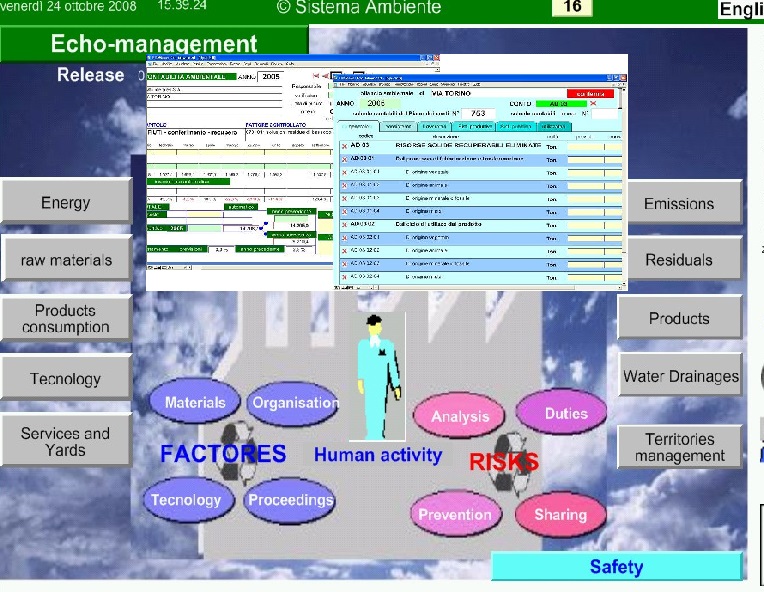
TOGETHER WE CHOOSE HOW TO CHANGE DEVELOPMENT
The working world is intrinsically linked to natural environment.
ILO flagship report estimates job losses and job creation as the world moves to a greener economy.
According to World Employment and Social Outlook 2018: Greening with Jobs , action to limit global warming to 2 degrees Celsius will result in sufficient job creation to more than offset job losses of 6 million elsewhere.
New jobs will be created by adopting sustainable practices in the energy sector, including changes in the energy mix, promoting the use of electric vehicles and improving the energy efficiency of buildings.
Ecosystem services - including air and water purification soil renewal and fertilization, pest control, pollination and protection against extreme weather conditions - sustain, among others, farming, fishing, forestry and tourism activities, which employ 1.2 billion workers.
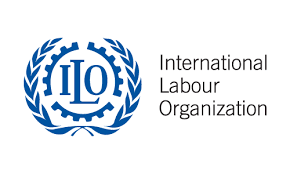
Read: https://www.ilo.org/rome/risorse-informative/comunicati-stampa/WCMS_628644/lang--en/index.htm
24 million jobs to open up in the green economy
• What is the definition of a circular economy?
• How is a circular economy different from a linear economy?
• How do materials circulate in a circular economy?
• What are boundary conditions for a circular economy?
• What are related schools of thought?
What are the advantages?
https://kenniskaarten.hetgroenebrein.nl/en/knowledge-map-circular-economy/what-is-the-definition-a-circular-economy/
.
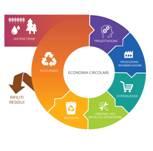
THE CIRCULAR ECONOMY
"Nothing is waste, everything can be transformed"
The best way to reduce the risk is elimination or substitution of dangerous substances. A complete risk assessment is a key step in the process.
This info sheet outlines a range of fundamental principles, practical hints, best practices, risk assessment tools and methods, and useful links to guide you through the stepwise process of substitution of dangerous substances in the workplace .

in the workplace

Up to 30% of recognized occupational diseases and tens of thousands of preventable deaths each year are caused by exposure to hazardous substances.
Read: https://www.etui.org/Topics/Health-Safety-working-conditions/Chemicals-and-REACH
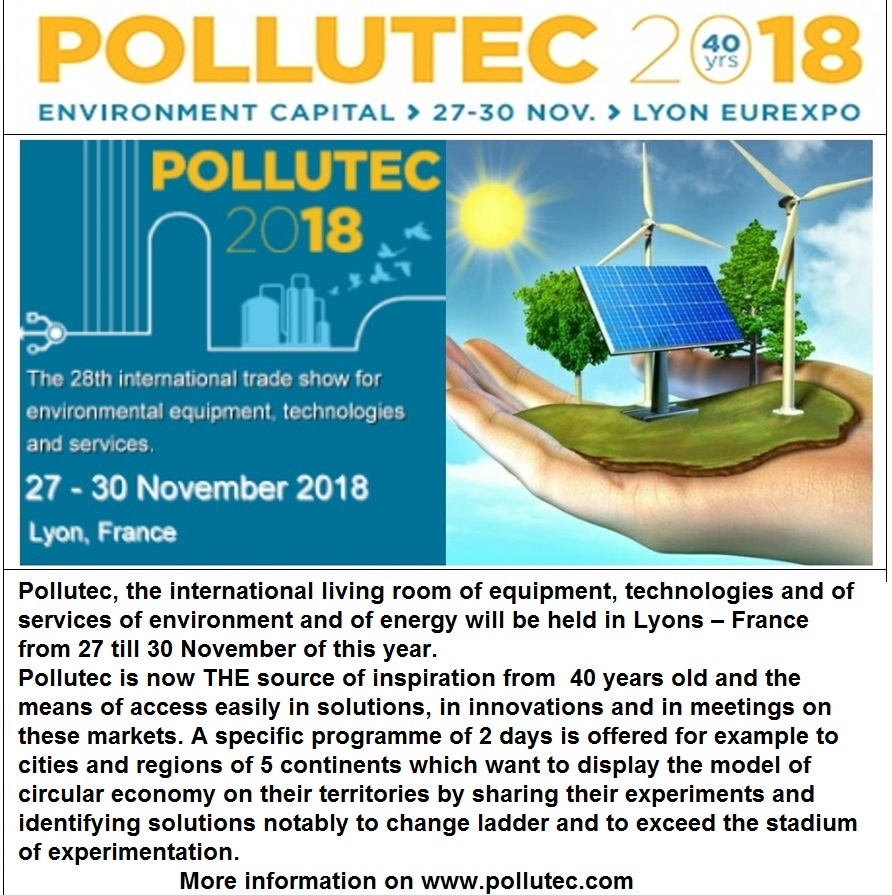
2.200 EXHIBITORS 73.000 PROFESSIONALS 128 COUNTRIES 490 CONFERENCES
If violence containment spending was reduced by 15% the world would save $1.4 trillion.
Wars and terrorism have forced over 65 million to abandon their homes. Local conflicts have seen an increase in refugees of over 700%.
The resources to stop climate change and to eliminate poverty are only there if the wars that destroy the planet cease./span>
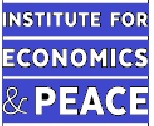
The 12.6% of world GDP is the cost of wars every year
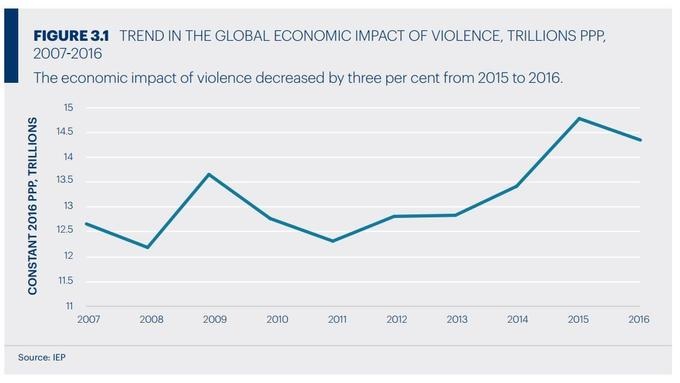
And investments continue to grow.
Yet the consensus on the urgency to control the so-called "lethal autonomous weapons" is widespread. The members of the UN Convention on Conventional Weapons (CCW) have been discussing this since May 2014. The last meeting, however, ended in Geneva without any decisive progress. That is without starting negotiations for a legally binding prohibition treaty, modeled on the atomic agreement, approved in July 2017. . .

The robot-killers, the new war tools for destruction at a distance
Read: https://www.icrac.net/
Number of people living in countries affected by conflict: 489 million.
Number of stunted children in conflict-affected countries : 122 million out of 155 million.
Hunger has grown over the past three years, returning to levels a decade ago.
The situation is worsening in South America and in most regions of Africa, while the declining trend of under-nutrition in Asia seems to have slowed significantly.
Climate change is already undermining the production of important crops such as wheat, rice and maize in tropical and temperate regions and, without building climate resilience, the situation is expected to get worse as temperatures rise
.
Continue to increase hunger in the world.
New United Nations report
We can end world hunger, but oinly in we end conflict
.
Summary of the UN report: Read:
http://www.fao.org/3/CA1354EN/ca1354en.pdf
"SISTEMA AMBIENTE" IS THE INFORMATION AND MANAGEMENT SYSTEM
TO CROSS THE CHANGE
http://www.sistemaambiente.net/Tesi/Implementation_of_a_QHSE_management_system_FENG_Meng_Ting.pdf
To go on from the squandering management (with its high costs both for the company and for the system) to a circular economy, a functional tool is needed that, in the model of "Sistema Ambiente", it is the environmental balance fed by the environmental accounting (the relative quantitative values the progress and the destination of the resources along the cycle of the material and the impact that they have in the system in which the company is inserted) and the industrial accounting. The making at company level allows to begin the balances of area and sector with a compound method.
“Sistema
Ambiente”,the system of management of Digitalis, in addition to the utility of normal record and production of documents of treatment of residues, offers some important opportunities for a better waste processing organization.
First of all, the possibility of linking the residue and its handling to the individual process phases: this allows to obtain quantitative and qualitative information that are more efficacies, useful to produce a reduction and a qualification of the wastes.
Secondly, with the tool of environmental accounting and of the environmental balance of the product, it is possible to have a more effective impact to know: what to change into the materials, into the process and into the design and the composition of the product
http://www.europarl.europa.eu/RegData/etudes/STUD/2017/581913/EPRS_STU%282017%29581913_EN.pdf
The Environmental Balance also includes the calculation of the equivalent carbon: calculation that is prepared in every aspect of the cycle of production (the energy consumption in processes and products, the way of transport of the workpeople and the used one for materials and products, manufacture of the raw material, the residues produced by the processes and the end of the useful life of the products). The calculation is the base to understand how to modify the processes and to plan how to reduce the gas emission of greenhouse effect produced by the cycle.
http://www.bilans-ges.ademe.fr/en/accueil/contenu/index/page/principles/siGras/0
